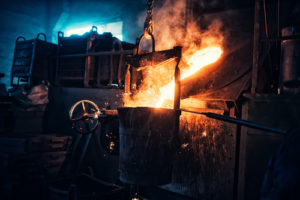
Die Casting Processes
Most people are well aware of the fact that the metal shaping process of die casting can be used to produce desired metal parts with superior quality and exceptional properties. The furniture components, car components, light fittings, door handles, and several other objects that we use in our daily life are made with the help of die casting processes.
Die casting is just one of the processes that are used to make metal parts of desired shapes and attributes. Apart from that, other metal shaping techniques used by manufacturers includes mold injection and machining. Machining is one of the most common and effective processes for making metal parts these days. In most cases, die casters incorporate the use of casting methods to achieve the desired results and to save money. Nevertheless, some metals and alloys are not suitable for die casting. In such instances, manufacturers use machining to produce metal parts with excellent properties.
In the metal shaping process of die casting, metals or alloys are injected and melted into a die or mold in the desired shapes. Once the metal is filled within the die, die casters patiently wait for it too cool down, and then remove it by using suitable process. The minor flaws or defects in the finished product are resolved with the help of finishing processes. However, the steps involved in die casting are very much different when compared to CNC machining.
The CNC here stands for “Computer Numerical Control”, which obviously hints on the technological advancements being used in the process. CNC machining maximizes the efficiency of the metal shaping process by automating a major part of the process. However, the cost involved in this method is relatively high, which is why they are not as commonly used as die casting.
It is significant to note that die casters often use machining and die casting techniques together in order to produce an excellent finishing product. For instance, some die casting parts are often subjected to machining in order to increase the tolerance of the finished product. In addition to that, machining processes can also be used to make the die itself. Since no tooling cost is involved in CNC machining, it is the better choice for producing less number of metal parts.
